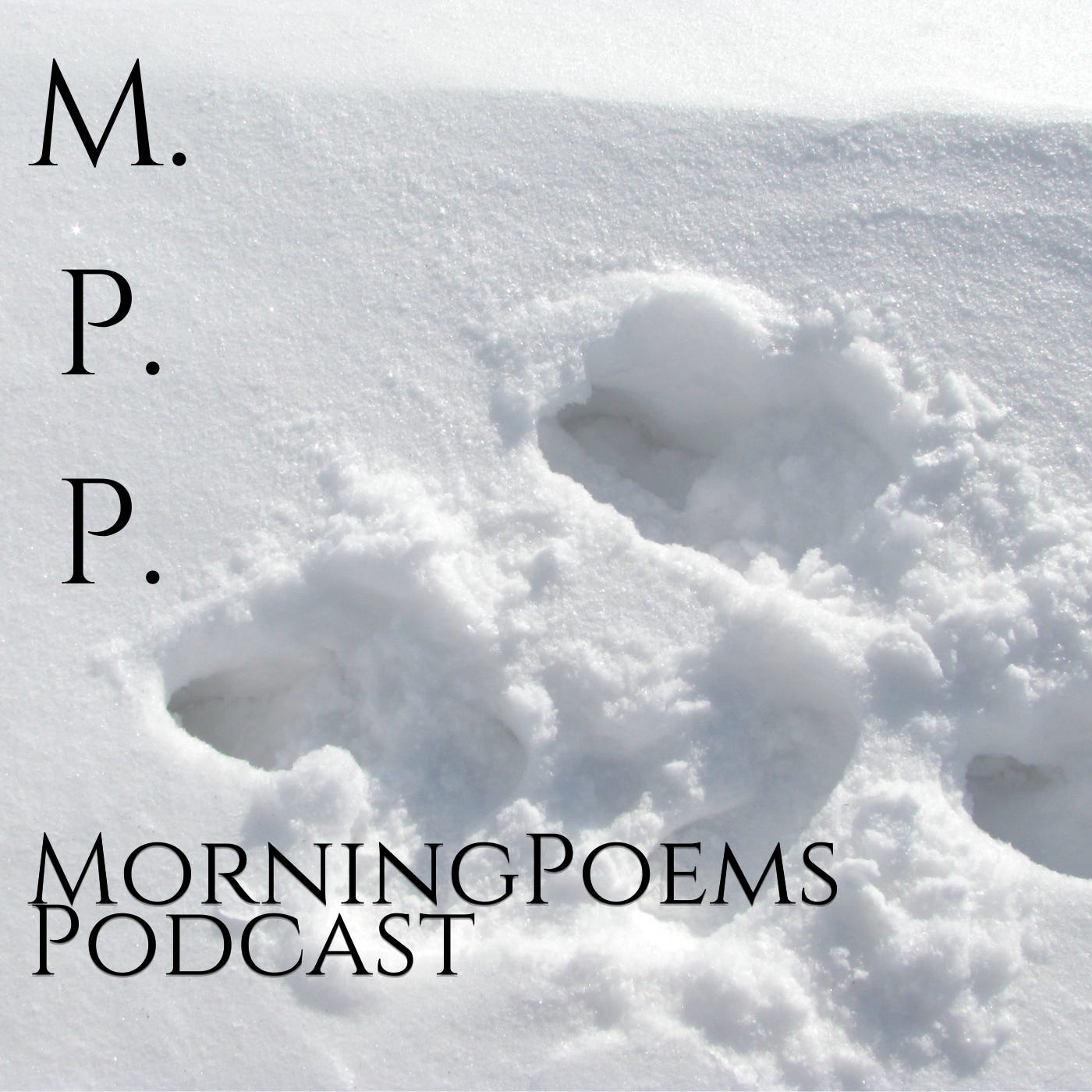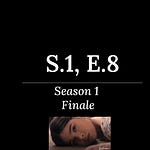High Prey Drive
Let me romance you in the winter,
—for the summer is too carefree and simple.There’s too much in the way of hot summer days—besides
I’d rather pursue you in the snow
—looking at your body covered in layers
lends to the intrigue.I’ve got a high prey drive.
I’ll go after you with ease.
I don’t mind if you tease.Half of my job—of this doing this romance—is two parts
listening to you
another part is watching you,
(and that’s pretty much it).You’d have all of my attention—with no distractions.
My body leans in to shield you from a cold wind,
then, in your heavy coat and knit hat,
you smile at me—with that smile of yours, and warm lipstick.
__
July 8, 2024 at 10:25 a.m.
Well, hello, my pretty pretties. It’s me, Tess—the Great Tyrant. What possessed me to write this? I was on public transportation, and I saw someone who delighted me, that’s what. But I didn’t want to invade visual boundaries either, so I turned away, and being the helpless romantic that I am, I whipped out my phone and texted the first few lines of “Let me romance you in the winter—for the summer is too carefree and simple,” knowing that I’d have fodder for poetry come my morning coffee.

Analysis
“High Prey Drive” is a modern-romantic poem about Primal Play. The structure "doesn't follow a traditional rhyme scheme or meter, which makes it a free verse poem. This gives the poet a lot of freedom to express their thoughts and feelings without being constrained by strict rules. The poem is divided into stanzas of varying lengths, which helps to create a sense of rhythm and flow. The stanzas are also used to shift the focus of the poem, moving from the speaker's desire to romance the other person to their description of their own personality and their attention to the other person. The poem also uses repetition to emphasize certain ideas. For example, the phrase "I've got a high prey drive" is repeated twice, which highlights the speaker's strong desire for the other person. The repetition of "listening to you" and "watching you" also emphasizes the speaker's focus on the other person. Overall, the poem's structure is designed to create a sense of intimacy and connection between the speaker and the other person. The free verse form allows the speaker to express their feelings in a natural and unconstrained way, while the use of stanzas and repetition helps to create a sense of rhythm and flow." The poem focuses on the speaker's intent on observation and listening. The poet herself is neurodivergent, so being attentive requires presence. The concept of playing “The Long Game” and practicing patience are areas of practice for the pursuer. The preference to linger around until the winter, when conditions are less favorable, speaks to commitment and fidelity—rather than the summer—watching and understanding the object of affection first. - Beyond fidelity, it’s also about foreplay—the pursuit before the hunt.
About Primal Play—the fetish
I’ll come out with it: in the world of BDSM, I’m not wholly a Dominatrix, although I’m Dominant. We can call me a power bottom, too, but the kink that best describes me—according to bdsmtest.org, is Primal (Hunter).
Psst: Don’t look at that score of Sadist. I don’t get off hurting people. I am just exceptionally good at doing what I’m told and vice versa. Do you want me to spank you? Does it make you happy? I’ll allow myself to do that if it pleases. Okay. Fine, dear. Take it.
What is Primal Play?
According to “The Primal Play Reference Guide,”1 from the site domsubliving.com, Primal Play is a specific type of role-playing and power exchange between individuals that can often be linked to dom or sub-roles.
Take the fur out of your mouth and quit cooing. If we go down to that page I cite, it’s a no, hell no. I don’t want to put on animal sounds for our music playlist. I’m not an animal. I’m a Huntress (Hunter).
What’s a Hunter?
Therefore, a Hunter (we generally capitalize a Dominant role, forgive me) is a primal “who typically maintains a human mindset and does not take on an animal role while hunting prey.”
I agree and disagree because both primal partners can be animalistic. There doesn’t have to be a “human mindset” with some pairs because having a human mindset is insidious at times. If a pair is into reciprocity, then a Hunter who is ‘leonine’ and prey that’s gazelle-like, I’m sure, is game. However, they don’t have to embody the traits.
Primal Play, to me, isn’t what you think it is. It’s more about embodying the power dynamics and actions instead of mimicking animal traits.
I can expound further
Almost all of the suggestions listed for Primal on that PDF are deal breakers.
The last thing I want to do is think about sex when I’m having sex with someone. All these questions get in the way: Am I doing it right? Is she liking this? How much can I do? How far can we both go? With primal play, we both agree we’re going H.A.M.
Going primal doesn’t mean I’m into bestiality. It doesn’t mean I like to act like an animal—like howl at people or bark in bed, either. No. No. And, no.
From an astrological standpoint, I also think it’s because my Mars is in Sagittarius, and my Venus is in Capricorn. Yes, that sounds tangential, but it makes sense to another astrologer.
But what does that mean?
It means that I do what excites me—and what my partner desires, and where consent is paramount.
Specifically, what do I like?
I like being in my body—I don’t want to talk or think. I want to be in touch with my raw emotions and desires. I want her to do whatever she wants and with reason and consent.
I want to totally invest all my senses in another woman/femme/person.
I like the high state of arousal, and sometimes it’s biting, scratching, and wrestling—but not growling. I stop there. That’s as far as the boat goes.
Power dynamics. I like to explore this with a partner who sees me and makes me feel safe enough to be my Dominant self in the bedroom.
Submissives who get it.
Submissives can have lots of fun play-fighting2, and in my poem, they can explore being the object of desire—without being overly objectified by me. The sub has to be a very intelligent, resilient, and open-minded partner to allow the game even to begin. And the sub can’t be a total doormat. There are boundaries. If I want you, I ask; if you want it, you’ll agree.This agreement is the “take/allow” power dynamic at play. I’ve had a history of allowing partners to do so much to me without my consent because I often don’t enjoy giving up control. The gift of allowing. Allow. “I’ll allow you to do x in order for you to feel joy/satisfaction.”
Consent: The Fast and Dirty
Consent is about giving and receiving. But there’s another component: taking and allowing. There are distinctions between the four concepts. Dr. Betty Martin, who added the distinction of "taking and allowing,” was a former chiropractor and, then, a Sexological Bodyworker and Intimacy Coach.
Oftentimes, we need more in sex and in life.
Betty Martin’s “matrix” is broken down into two halves and four quadrants, and in her video, Giving is Serving. Receiving is Accepting. Taking action is taking action for your own benefit, not only in bed but also in the world.
> “We think of our culture as me, me, me, get what we can…on the other hand, most people have difficulty experiencing pleasure in a direct, simple, tangible way (taking). Our inability to experience real pleasure contributes to our tendency to grab, grab, grab.” —Betty Martin.
Since I can’t make a diagram using mermaid.js right now and/also, I’ve conveniently “nicknamed” the roles:
A1. YOU, THE GIVER (Also the Doer)
- - Serve (aka “Giving” as an action to wholly benefit your partner) // Serve —> Accept
A2. YOU, THE DOER (Also Receiving)
— Take (an action you and only for your benefit) // Take —> Allow
B1. THEY, THE DONE UNTO (Also Giving)
— Allow (you allow for others to do as they want) // Allow ← Take
B2. THEY, THE RECEIVER (Also Done To)
__ Accept (aka “Receiving” benefits from the actions of others) // Accept ← Serve
I learned about Betty Martin from a fine, ol’ sex education library/archive/gallery helmed by Dr. Carol Queen and Dr. Bitch Sir (Robert Morgan Lawrence) in San Francisco. At the same time, I learned a lot about consent through the literature there. I served as a library intern and then the archivist-in-residence at the Center for Sex & Culture from 2012 to 2014. I gained valuable experience there.
Before I got the role, I asked my advisor in library school, “Should I take this role? Would it taint me?”
“Hell no. Experience is an experience—we need to be discerning when managing the material, not judging it.”
Lastly, everyone who is sexually active, whether or not you are into kink, should learn the Wheel of Consent. We can even apply Martin’s Wheel to interacting in other areas of our lives as well as visually understanding our boundaries.
While my poem may sound misogynistic, it isn’t from the poet’s standpoint. The reader/listener buys into the notion the speaker had acquired consent before the poem begins.
Personally, I’m working through trauma, layers of shame, and inner misogyny through this work and the poet’s Byronic voice. In turn, I’m finding a voice I lay dormant for so long.














Share this post